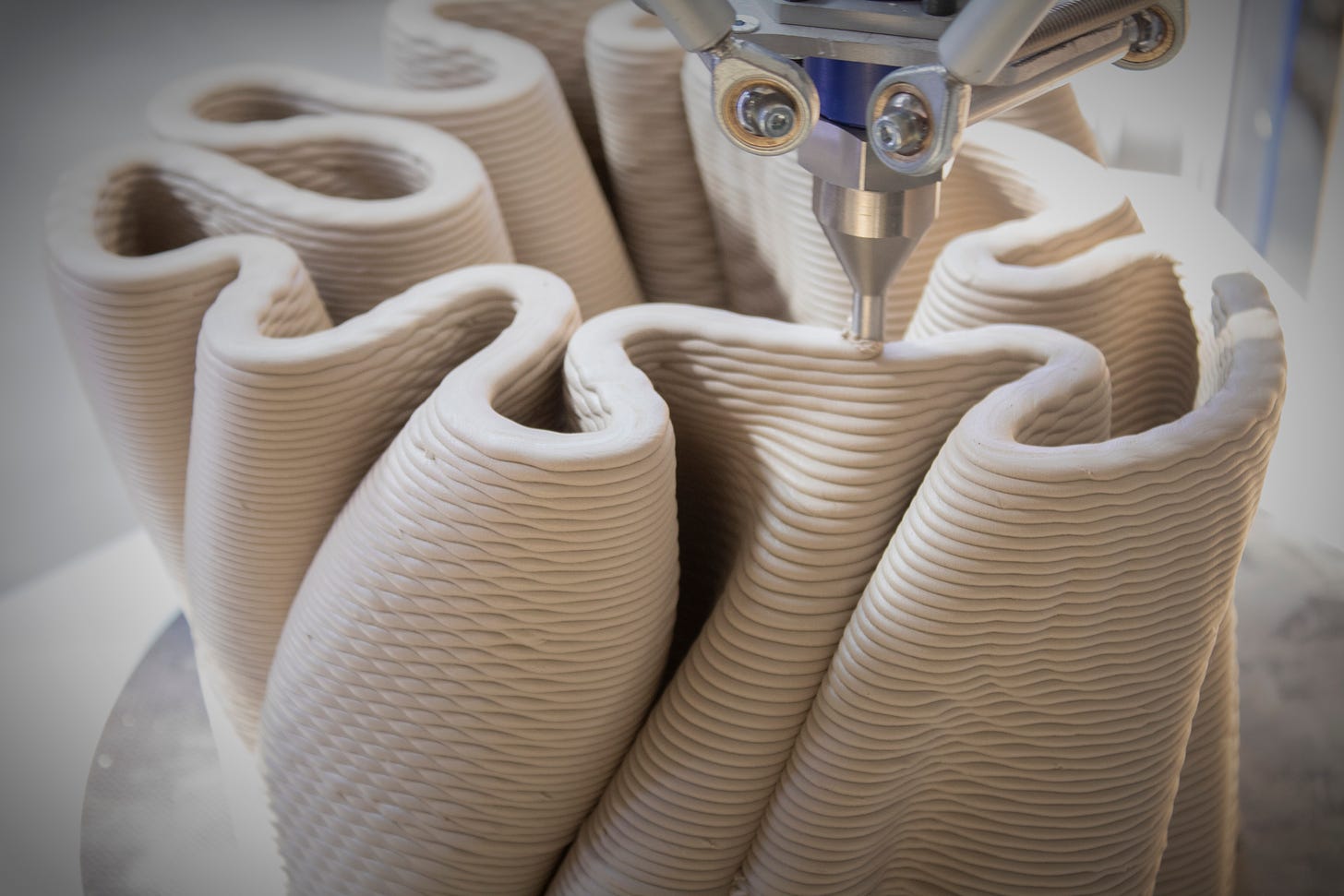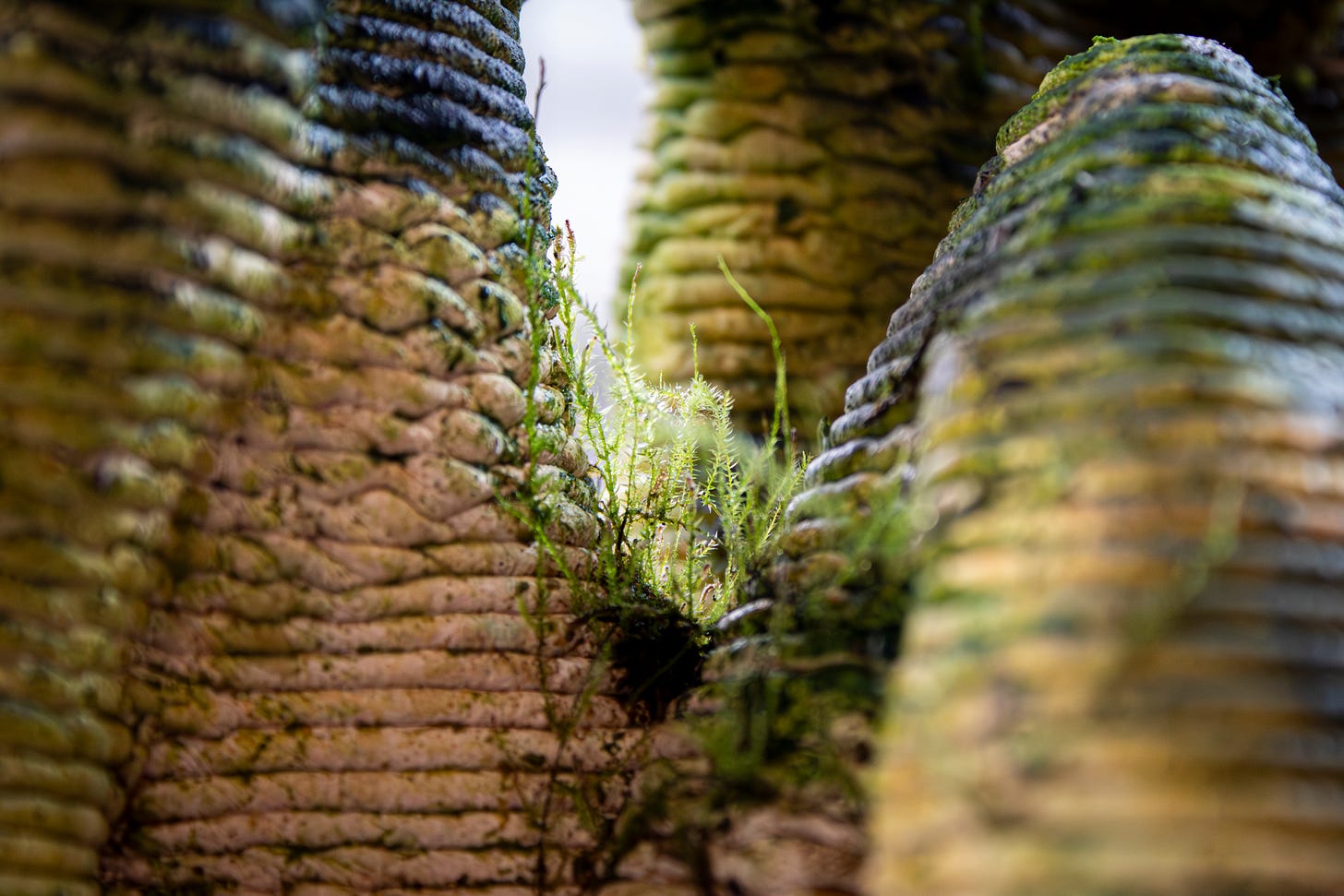Welcome back to The Link, a bi-weekly circularity newsletter making the connection between regenerative farming and you, every other Tuesday.
I’m gonna avoid the cliche opener about “omg summer’s over” and instead congratulate all of us on getting through that Venus retrograde. That is of course unless you’re Queen Beyoncé, who brought in $127.6 million over 11 shows in July alone for the The Renaissance World Tour, setting the largest one-month sum for any artist since the Boxscore archives began in the mid-1980s, or Taylor Swift, who apparently stimulated the US economy for her summer tour this year, raking in a staggering $2.2 billion dollars in North American sales.
And what was I doing all summer? Slow roasting my internal organs in the triple-digit Texas heat, which also set records for the most extreme summer we’ve seen yet. My survival technique was looking like a toad, half-submerged in the healing waters of Barton Springs most days. But I don’t have to tell you how freaky the past few months have been, wherever you are in the universe right now. I just think that this summer was the official global kickoff tour for humans to process the Anthropocene era we’ve entered (although we’ve been in it since the Industrial Revolution).
“Wait. What the hell is the Anthropocene era?” you ask? Taylor Swift actually nailed it in her recent album:
“I have this thing where I get older but just never wiser/Midnights become my afternoons/When my depression works the graveyard shift/All of the people I've ghosted stand there in the room…/It's me, hi, I'm the problem, it's me”
We’re intensely experiencing the gnarly impacts that humans have had on the planet's climate and ecosystems for the past 100+ years these days, but I know what you’re thinking: “Helen, I signed up for this newsletter for optimistic solutions in the universe and I’m two clicks away from unsubscribing.” And look no further, because I’m about to take you to a space where the future is better than we could have ever imagined thanks to the brilliant imaginations of urban designers.
Last month, I had the incredible opportunity of interviewing Urban Reef co-founder Pierre Oskam for Mold Magazine about why he and his co-founder Max Latour are drawing on inspiration from the inherent genius of oceanic reefs to create new design possibilities for climate resiliency in landlocked cities. You can read the full piece here.

The company is known for creating 3D-printed sculptures using all-natural, porous materials sourced locally in order to facilitate new environments to promote biodiversity, but their future plans are much bigger. For Oskam, in order to work towards carbon drawdown in the near future, “We need to think smart about how the systems we build can give autonomy to ecosystems.” The Urban Reef team is using the opportunity to observe the biodiversity that’s taking place with their 3D-printed sculptures now to project what’s possible in constructing materials and buildings in the future where nature is prioritized and resilient beyond human design.
What I love the most about Urban Reef’s approach to imagining our futures is the understanding that nature and its inherently intelligent design doesn’t need humans to fuck it up any further, but instead design with the intention for nature to thrive moving forward, with or without us.
So let’s stop staring at the sun directly but never in the mirror or whatever Tay Tay says in that song and start implementing climate resilient actions for sexier futures, bit by bit. It starts with learning and supporting companies like Urban Reef.
Oh hey! You’re still reading this? If you have future topics, smart humans, or concepts you’d like to see featured, respond to this newsletter or drop me a line and say hey: Helen@HelenHollyman.com.




